A virtual reality experience on the red planet
Science In Mars VR is an educational game that aims to use Virtual Reality to take school students to the red planet to learn science through first-person experiences. The main purpose of this game is to make science more interesting for students, and create an environment where students feel happy and are eager to learn.
Of students are either not happy or very unhappy regarding teaching methods in school. Leitão e Carvalho, 2009
According to the constructivist theory, first-person experiences is the main way knowledge is solidified in the human brain.
Bill Win, 1993
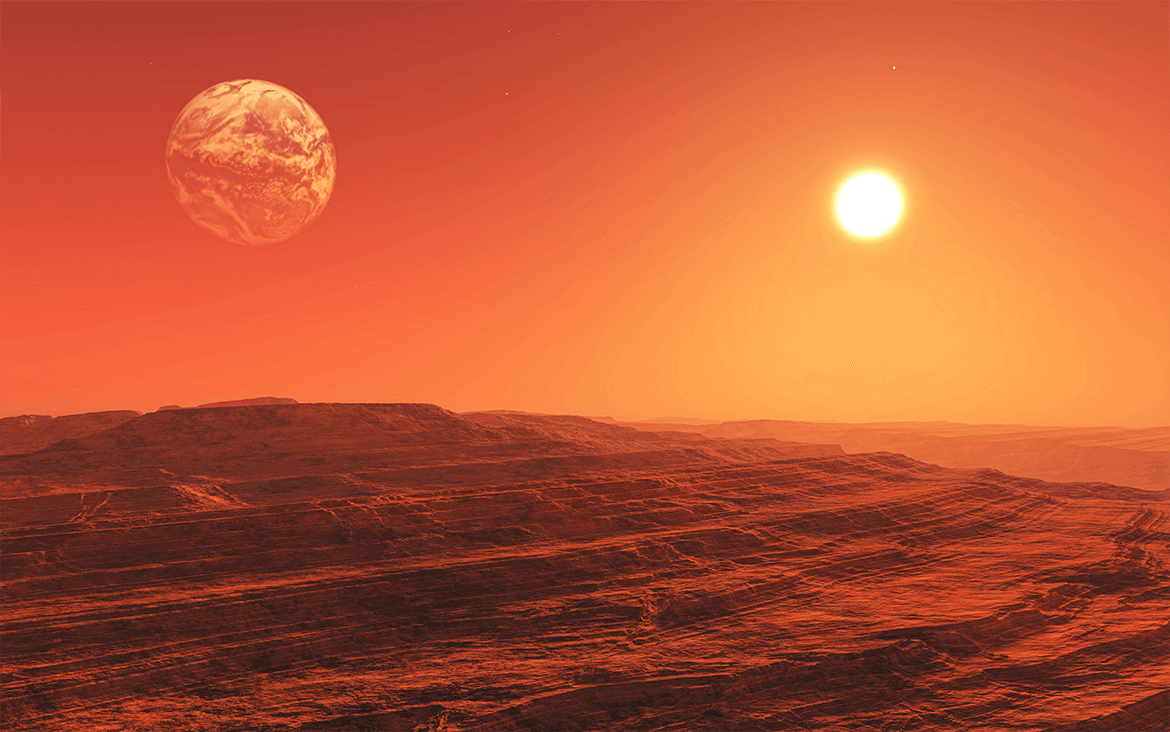
After having the game production method, research basis and problem defined, the ideation process began through Brainstorming of ideas focusing on solving the problem of creating a fun and efficient way for students to learn and be interested in science.
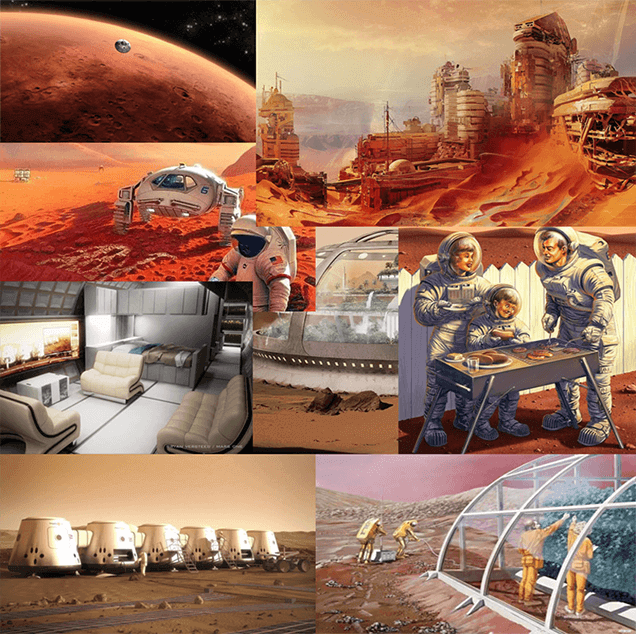
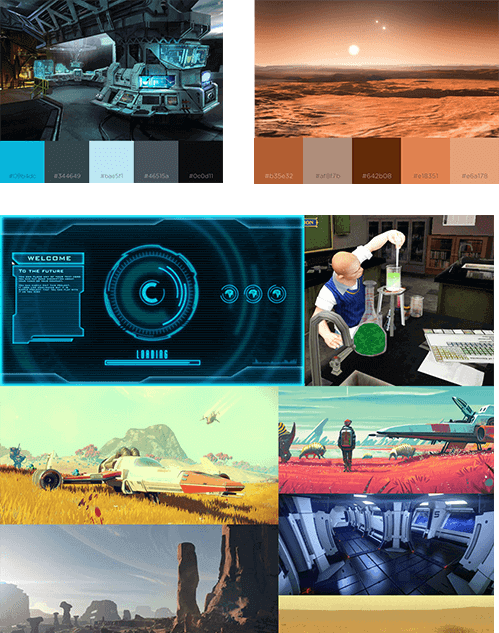
One of the main requirements for this project is to create an experience that will be accessible and playable even in low end devices. However, Virtual Reality is extremely heavy on GPU and it can cause overheating and lagging in older devices if not optimized the right way.
To remediate that, I have changed game assets to low-poly versions, baked all the lights into the scene and converted the Unity terrain into a mesh, making the experience much lighter and expanding the device support for the game.
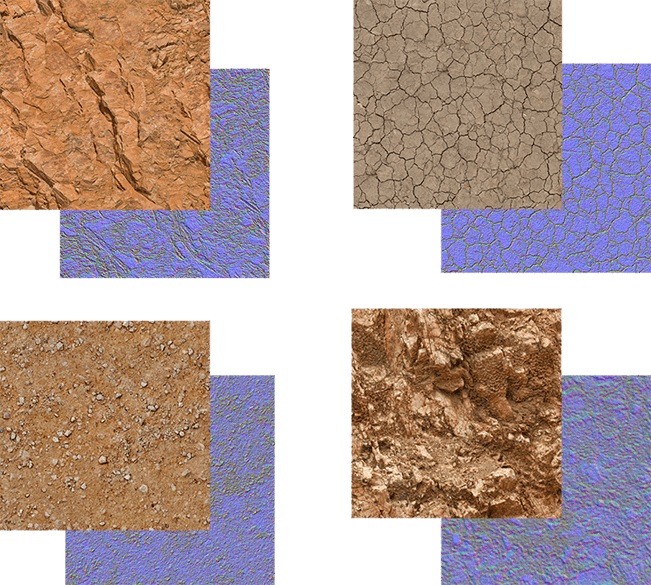
In order to test the functionalities of the game, I have created three lists of tasks (73 in total) including all the game features that should be tested. The features where all extracted from the Game Design Document (GDD), and they were separated in three areas: User Interface, Player Movement and Game Mechanics.
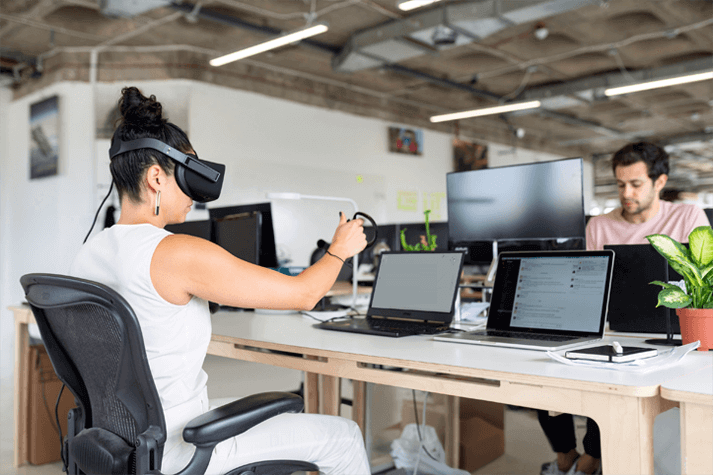
In order to efficiently tackle the problem statement for the project, Martinho was introduced to the project to help me with the construction of the game scientific content. He is a Physics high school teacher, and have been teaching students for more than a decade.
He was an essential collaborator that helped me understand what would be useful for students to learn using Virtual Reality, and he also had amazing input on what are students struggling with, and which concepts and experiments could be introduced on an immersive 3D Environment, and aren’t possible in real-life.
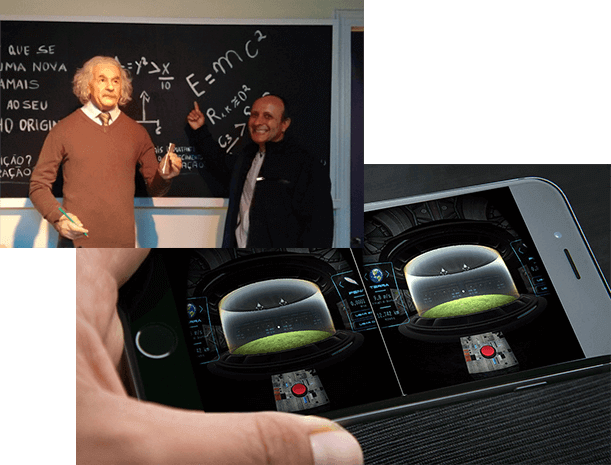
To test the prototype created, I have invited some of the students for a user testing session. The students were recruited through email sent by the school administration, and all of them were between 13-16 years old.
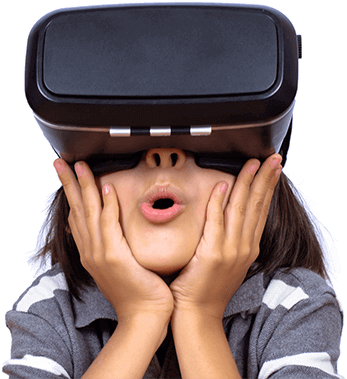
Four brave students agreed to participate on the user testing session. The students were asked to put the VR glasses on, and complete three different tasks. After completion of the tasks they where then interviewed about the experience. Inside the VR environment students were asked to:

Of students agreed with
Of students agreed with

Of students agreed with
Some players also reported having trouble reading text in some screens of the game. That could be due to the regulation of the lenses on the VR glass, or it could be due to the font family or size of the UI. Further testing is needed to define the issue. Also a bigger sample size would be needed to truly assess the usability of the game.